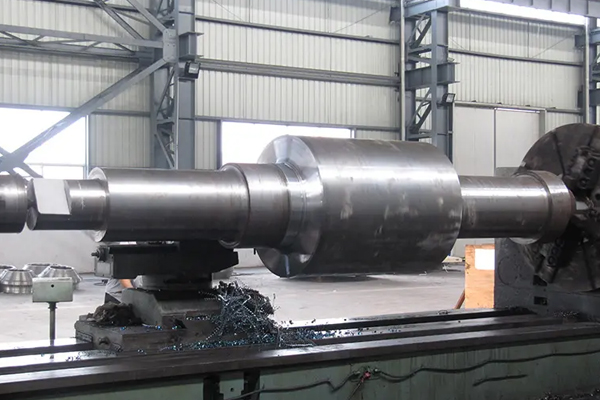Forging processing process may encounter a variety of problems, we will introduce in detail.
One, aluminum alloy oxide film:
The oxide film of aluminum alloy is usually located on the die forged web, near the parting surface. The surface of the fracture has two characteristics: first, it is flat and the color varies from silver-gray and light yellow to brown and dark brown; Second, the spots are small, compact and shiny. The oxide film of aluminum alloy is formed when the exposed molten surface interacts with water vapor or other metal oxides in the air during melting and forging. It is formed in the liquid metal involved in the casting process. The oxide film in forging parts and die forgings has no significant effect on the longitudinal mechanical properties.

Two, carbide segregation:
According to the analysis of Hebei Forging Works, carbide segregation usually occurs in alloy steel with high carbon content, which is characterized by more local carbides accumulation, mainly because the leaustenite eutectic carbides and secondary network carbides in the steel are not broken and evenly distributed in the process of opening forging. Carbide segregation will reduce the forging deformation ability of steel, in the process of fire easy to lead to cracking, heat treatment and quenching forgings easy to overheat and quenching, cutting tool blade easy to crack.
Three, bright line:
Bright lines are thin lines that have reflectivity and crystal brightness at the longitudinal fracture during forging, most of which are distributed throughout the fracture and most of which appear on the axis. Bright lines are mainly caused by alloy segregation. Slight bright lines have little effect on mechanical properties of materials, and serious bright lines will reduce the plasticity and toughness of materials.
The above is the introduction of some problems encountered in forging processing, if there are other questions, please consult us.
Post time: Mar-26-2022
